Boron is an important nutritional element for vegetables. It is found in all soils, but not always in sufficient quantities for plants. Not enough boron on sandy, calcareous soils.
Plants can suffer from boron deficiency not only when the content of the microelement in the soil is low. Plants lack boron, for example, due to insufficient watering. On soils with excess lime content, boron transforms into forms inaccessible to plants.
Most vegetable crops, in order to grow and develop normally, need small amounts of boron - from 0.5 to 1.5 g per square meter. m. Increased rates are toxic.
How do plants react to boron deficiency?
External signs of boron deficiency in different crops are not always similar.
Celery is sensitive to boron deficiency: the growing point dies, cracks form on the leaf petioles and the upper part of the roots.
Beetroot and other root vegetables develop a disease called “heart rot.” Plants grow poorly, they produce fewer leaves, they are smaller than healthy ones. The growing point dies and rots. With severe boron starvation, the root remains small, curved, with a rough grayish surface. On the cross section in the center there are areas of dark brown watery tissue.
Tomatoes suffer from boron deficiency less frequently, but during drought, the lack of a microelement can make itself known: the growing point turns black, stepsons appear below the lesion, and the plant looks bushier than usual. The tops of the sepals on the fruits dry out and curl inward, and areas of darkened or dried tissue appear.
Onion plants with a lack of boron grow underdeveloped and ugly. The color of the leaves varies from dark gray-green to blue-green. Clearly defined yellow and green spots are clearly visible on young leaves.
With a lack of boron, the taste of potato tubers deteriorates: the pulp is watery, dense, contains little starch, and the top layer peels off during cooking.
When there is a deficiency of boron, the growing points of plants die off, the internodes are short, and therefore the bush appears squat and dense. The leaves thicken, their edges curl upward. The tubers form smaller than those of healthy plants and crack.
Cauliflower with boron deficiency forms loose, necrotic heads.
In cucumbers and other pumpkins, with a lack of boron, the growing point turns yellow and the leaves become rough.
Boron is important in the life of plants: it increases productivity, keeping quality of fruits, improves their taste,
increases plant resistance to stress. But boron fertilizers must be used with skill, because an excess of the microelement depresses and poisons plants.
How to feed plants with boron
Boron fertilizers are used with extreme caution if plants are fed with complex fertilizers that contain boron, or wood ash, which also contains this microelement (and more), is added.
Of the vegetables, the most demanding of boron are cauliflower and Brussels sprouts, beets, and rutabaga, which is rarely grown in the southern zone.
Tomatoes, carrots, and salads have an average need for boron. The lowest dependence on boron is found in beans, peas, and potatoes. But this does not mean that they do not need boron at all.
Boric acid is often used as a boron supplier. They begin to use it already at the stage of preparation for sowing seeds. In a nutrient solution (0.2 g per liter of water), the seeds of carrots, beets, and tomatoes are soaked for 24 hours, and cabbage, cucumbers, and zucchini seeds for 12 hours.
It is better to compensate for boron deficiency in vegetative plants by foliar feeding: 0.1 g of boric acid per liter of water. Spray three times: during the budding, flowering and fruiting phases. The root is fed with solutions of boric acid (1 g per 10 liters of water, consumption per 10 sq. m) if you are sure that there is not enough boron in the soil. Feed after abundant watering.
When preparing a nutrient solution, the required amount of boric acid is first dissolved in a small amount of hot water, and then brought to the required volume with water at room temperature.
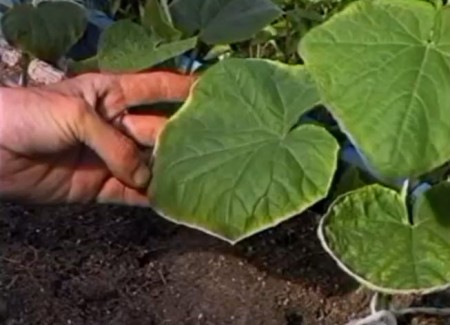
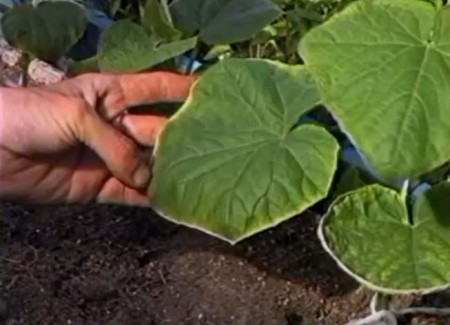
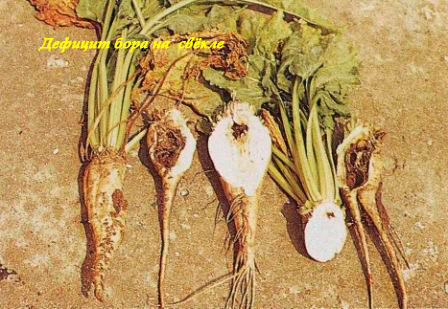
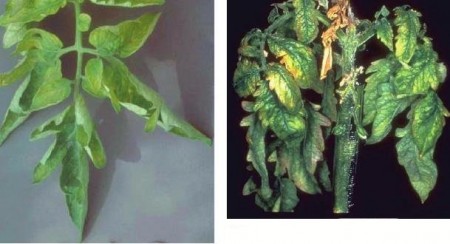
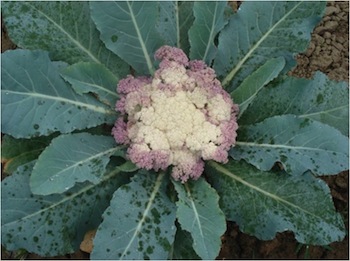

 CUCUMBERS NEVER GET SICK, I'VE BEEN USING ONLY THIS FOR 40 YEARS! I SHARE A SECRET WITH YOU, CUCUMBERS ARE LIKE THE PICTURE!
CUCUMBERS NEVER GET SICK, I'VE BEEN USING ONLY THIS FOR 40 YEARS! I SHARE A SECRET WITH YOU, CUCUMBERS ARE LIKE THE PICTURE! You can dig a bucket of potatoes from each bush. Do you think these are fairy tales? Watch the video
You can dig a bucket of potatoes from each bush. Do you think these are fairy tales? Watch the video
 How our fellow gardeners work in Korea. There is a lot to learn and just fun to watch.
How our fellow gardeners work in Korea. There is a lot to learn and just fun to watch. Eye trainer. The author claims that with daily viewing, vision is restored. They don't charge money for views.
Eye trainer. The author claims that with daily viewing, vision is restored. They don't charge money for views. A 3-ingredient cake recipe in 30 minutes is better than Napoleon. Simple and very tasty.
A 3-ingredient cake recipe in 30 minutes is better than Napoleon. Simple and very tasty. Therapeutic exercises for cervical osteochondrosis. A complete set of exercises.
Therapeutic exercises for cervical osteochondrosis. A complete set of exercises. Which indoor plants match your zodiac sign?
Which indoor plants match your zodiac sign? What about them? Excursion to German dachas.
What about them? Excursion to German dachas.